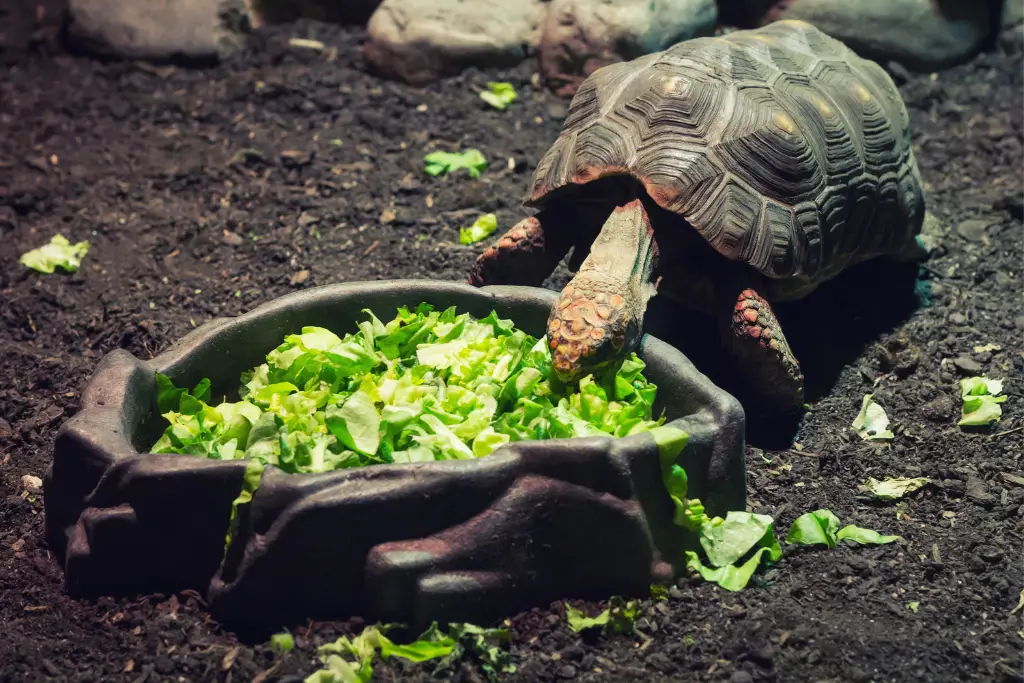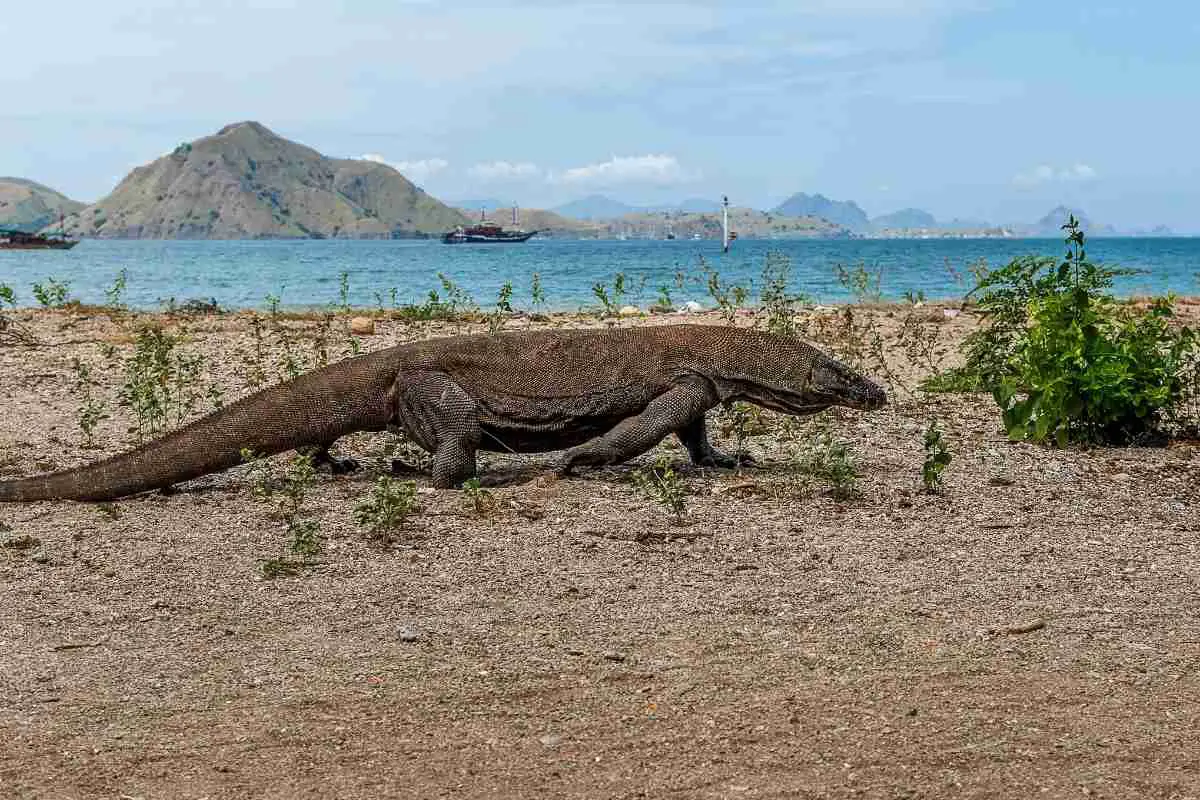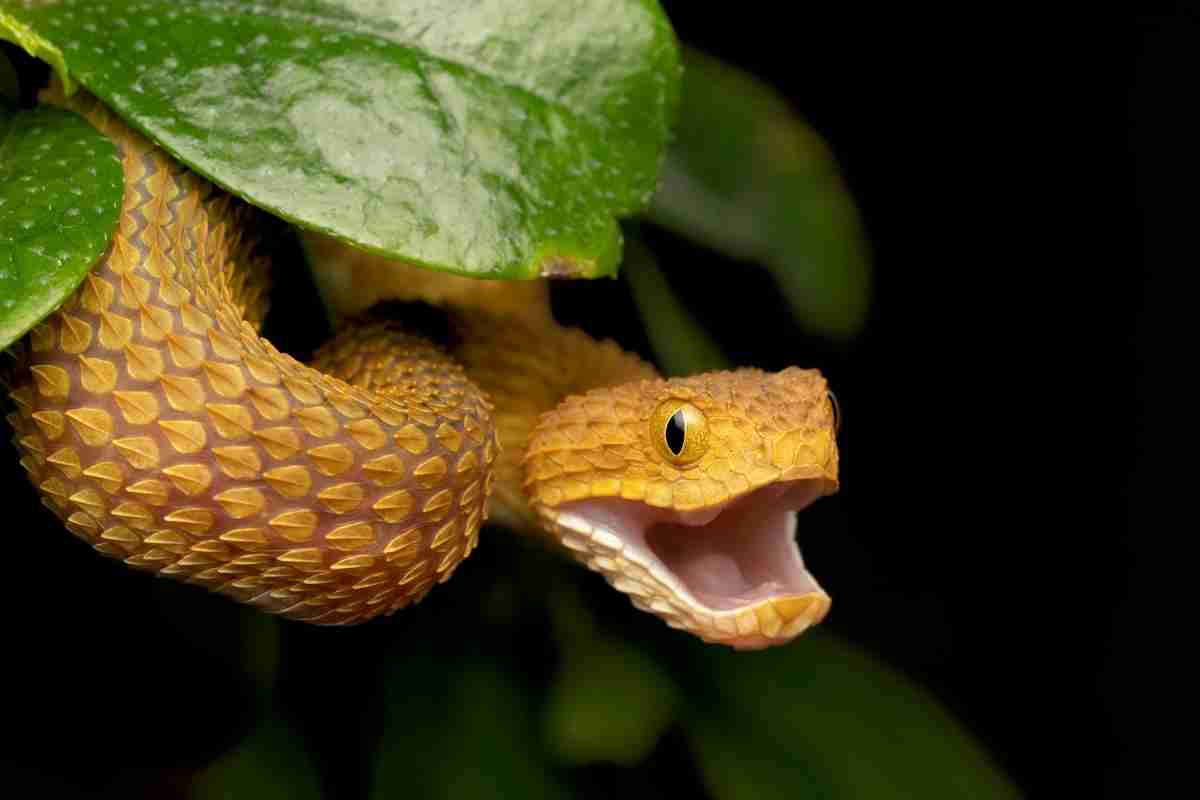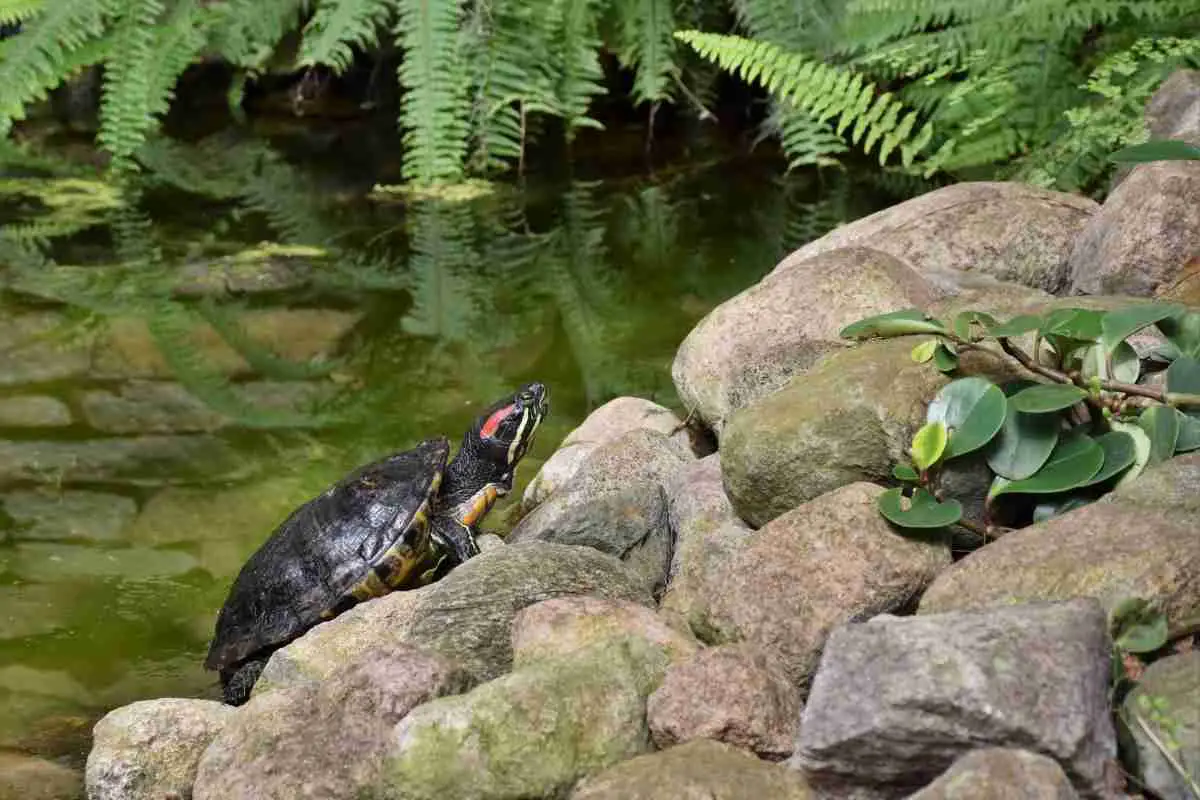Can turtles eat cabbage? We know, that it sounds like an odd question. But if you’re a turtle owner and want to feed your turtle some green vegetables, you want to know if it’s safe right?
Some types of turtles don’t do well eating certain types of vegetables due to the high levels of oxalates in them. Oxalates are substances found in plants that bind calcium.
The turtle’s diet is always a tricky one and feeding them cabbage can be healthy, however, too much cabbage and it can be harmful to them.
It’s important that they have the right balance of calcium and phosphorus in their food!
Most vegetables are rich in calcium and phosphorus and calcium plays an important role because it helps with their development. Without enough calcium or phosphorous, turtles would not be able to grow strong shells throughout life.
Phosphorus is key as well since without this mineral turtles can’t make energy from food which leads to stunted growth with low body weight and muscle strength-not good.
The good news is Cabbage is one of the vegetables that are low in Oxalates and can be great food for your turtle if fed correctly “but” it can be difficult to know how much to feed your pet.
So in this blog post, we will help you figure out the right amount of cabbage and also why this vegetable is so healthy.
Cabbage Nutrients
Cabbage is a vegetable that offers many health benefits for your pet turtle. It’s low in calories and high in fiber and also contains vitamin A, C, E, K, B6 which can help maintain good bone health.
Cabbage is a Brassica vegetable that belongs to the same family as broccoli and kale. The veggie comes in many different shapes and colors including red, purple, white or green; crinkled or smooth.
It has been grown for thousands of years all over the world it contains vitamin A which assists eye health plus vitamins K and B complex essential for heart function among other things.
To give you an idea of the health benefits when eating cabbage here is a table below of all the nutrients found in a single cup of this green vegetable which is the recommended amount to feed to your turtle mixed with other vegetables of course.
(Nutrients In Cabbage Per Single Cup)
| Nutrients | Per Single Cup |
|---|---|
| Vitamin B6 | 6% of the RDI |
| Vitamin K | 85% of the RDI |
| Vitamin C | 54% of the RDI |
| Magnesium | 7% of the RDI |
| Potassium | 4% of the RDI |
| Manganese | 7% of the RDI |
| Calcium | 4% of the RDI |
| Folate | 10% of the RDI |
| Calories | 22 |
| Protein | 1 gram |
| Fiber | 2 grams |
So as you can see cabbage is packed with all kinds of nutrients that can make a huge benefit not just to us humans but for our beloved reptiles too. Just remember to mix up their diet and never overfeed them.
Cabbage has been known to be one of the most nutrient-dense foods. It is not only packed with vitamins and minerals mentioned above, but it also contains Omega-3 fatty acids that are essential for your reptile’s healthy diet.
It’s a great way to provide your reptile with some more nutrients not to mention it’s inexpensive and easy to make, perfect for those of you who are on a budget.
Related Article:
Calcium Phosphorus Ratio
The ratio of calcium to phosphorus in a reptile’s diet can be tricky. Too much phosphorous and your pet will stop eating, too little and they won’t grow properly. A recent study has shown that the cabbage family is one of the best sources of these two nutrients.
The calcium to phosphorus ratio in cabbages is between 1:1 and 3:1 which makes them perfect for reptiles as well as humans!
These vegetables are also high in beta carotene which helps maintain healthy eyesight, immune system function, skin health, heart functions, nerve development, and cholesterol levels.
To put this into context here are two tables below showing the Calcium Phosphorus Ratio rate in a variety of vegetables so you know exactly what your feeding to your turtle.
Good Calcium Sources Per Cup
| Per Single Cup | Calcium | Phosphorus | Ratio |
|---|---|---|---|
| Cabbage | 46mg | 34mg | 1.4:1 |
| Grapes | 13 mg | 9 mg | 1.4:1 |
| Celery | 44 mg | 32 mg | 1.4:1 |
| Turnips | 36 mg | 30 mg | 1.3:1 |
| Green Beans | 58 mg | 48 mg | 1.3:1 |
| Radish | 24 mg | 20 mg | 1.3:1 |
| Eggplant | 30 mg | 26 mg | 1.3:1 |
| Okra | 100 mg | 90 mg | 1.1:1 |
| Apples | 10 mg | 10 mg | 1.1:1 |
| Canataloupe | 17 mg | 27 mg | 1.1:1 |
| Lettuce | 16 mg | 16 mg | 1:1 |
| Pineapple | 11 mg | 11 mg | 1:1 |
| Mango | 21 mg | 22 mg | 1:1 |
Poor Calcium Sources Per Cup
| Per Single Cup | Calcium | Phosphorus | Ratio |
|---|---|---|---|
| Cucumber | 14 mg | 18 mg | 0.8:1 |
| Sweet Potato | 29 mg | 37 mg | 0.8:1 |
| Stawberries | 42 mg | 56 mg | 0.8:1 |
| Guavas | 18 mg | 23 mg | 0.8:1 |
| Cherries | 10 mg | 13 mg | 0.8:1 |
| Pears | 15 mg | 18 mg | 0.8:1 |
| Rutabaga | 72 mg | 84 mg | 0.8:1 |
| Apricots | 15 mg | 21 mg | 0.7:1 |
| Beets | 18 mg | 26 mg | 0.7:1 |
| Brussel Sprouts | 56 mg | 88 mg | 0.6:1 |
| Cauliflower | 28 mg | 46 mg | 0.6:1 |
| Blueberries | 18 mg | 30 mg | 0.6:1 |
| Peaches | 5 mg | 11 mg | 0.5:1 |
| Pumpkin | 36 mg | 74 mg | 0.5:1 |
| Sweet Potato | 64 mg | 124 mg | 0.5:1 |
| Asparagus | 44 mg | 108 mg | 0.4:1 |
| Carrots | 28 mg | 64 mg | 0.4:1 |
| Tomato | 16 mg | 58 mg | 0.3:1 |
| Bananas | 7 mg | 22 mg | 0.3:1 |
| Yams | 18 mg | 66 mg | 0.3:1 |
| Plums | 4 mg | 14 mg | 0.3:1 |
Can Turtles Eat Cooked Cabbage?
The answer is yes! However, the problem with cooked cabbage is it doesn’t contain as many nutrients as raw cabbage. In fact, when you Steam or boil cabbage it actually loses between 22 percent and 34 percent of vitamin C.
Now, this is not all bad as turtles don’t require much vitamin C in their diet, but it is still worth being aware of.
When cooking vegetables, it is important to be mindful of the nutritional content. For instance, vitamin C and B vitamins are water-soluble which means they leach out into the cooking water during boiling or steaming.
This means the cabbage is not packed with all the nutrients it once had and feeding your turtle cabbage that has been cooked over the long run will not necessarily be a benefit to their health.
So it’s safe to say the best option would be to feed your pet turtle raw cabbage as it’s much healthier than cooked cabbage and it just wouldn’t be beneficial.
There are many warning signs that a turtle’s health is deteriorating. If you notice that your pet is taking unusually long periods of time to move around, and they seem lethargic or tired all the time- these symptoms could be an indication of poor nutrition levels in their body.
Signs such as milky eyes and skin patches often indicate malnutrition which can lead to serious illness if not treated quickly enough so take some steps now before it becomes too late.
Related Article:
How Much Cabbage Can Turtles Eat?
So as we talked about before you need to be careful with the amount of cabbage you fed your turtle too much and it can be unhealthy. Turtles love cabbage especially red ear sliders and the more you give them the more they will eat!
The recommended amount of cabbage to feed turtles would be two to three cupfuls per week mixed in with other vegetables of course giving them a balanced diet.
However, before feeding cabbage to your turtle make sure the pieces are small enough for the turtle to chew on without swallowing any whole leaves and monitor how much he eats over time. Watch out for signs of constipation too!
Also, Did you know that cabbage contains a form of goitrogen? and if they consume this veg in excess amounts then this substance can disrupt the production of their thyroid hormones, which can affect the turtle’s health.
Cabbage is just one example, kale and mustard greens also contain this as well! If these vegetables are consumed in excess, they may lead to hypothyroidism – characterized by reduced tolerance to cold and an enlarged neck due to a goiter.
Is Cabbage Safe For Box Turtles?
Yes! Cabbage is safe for box turtles and although they are freshwater turtles you can feed them some raw or cooked cabbage, However as before it’s best to feed them raw cabbage as it packs more nutrients.
Box turtles are a species of turtle with a low metabolic rate. that means they can survive on very little food and water, which makes them ideal pets for people who have limited time or money.
A box turtle diet is very similar to your average turtle and should be comprised mainly of plant-based foods such as leafy greens, carrots, corn kernels, and apples.
If your box turtle doesn’t like the taste of cabbage then try mixing it with other vegetables that he might be eating such as spinach because sometimes just giving them something different will encourage the turtle to eat new things.
There are also some insect options that may be given in moderation: mealworms (in addition to the occasional earthworm), crickets (only one per day), or silkworms all of which are loaded with nutrients.
Related Article:
How To Prepare Cabbage for Turtles?
When you are preparing cabbage for your turtle, it is very important to wash them beforehand. Washing the veggies will remove any loose dirt or stones and ensure that they’re clean before feeding them to your pet.
When providing a dish or bowl of water for eating purposes this should also be cleaned and make sure that it’s shallow enough so they can reach easily without spilling food out onto the floor while trying to eat!
When preparing cabbage you should be finely diced and mixed it well with other vegetables so that the turtle will have to eat a variety of foods no matter what they like most.
You can also opt for raw or cooked veggies, but as before cooking can reduce nutrient quantities!
- Wash the cabbage
- Finely diced the cabbage
- Mix it well with other vegetables
- Serve in a bowl or dish
Conclusion
Turtles love their vegetables. In fact, it’s been reported that some turtles will eat over 200 different types of plants and flowers! So there’s a good chance your turtle would enjoy eating cabbage.
However, if you have an aquatic turtle that only eats live fish or other meaty food then they likely won’t be interested in anything fresh like cabbages.
If you want to learn more about what kind of plants are best for turtles take a look at our other articles in the menu above.
Related Articles:
- Can Turtles Eat Celery?
- Can Turtles Eat Eggs?
- Can Turtles Eat Parsley?
- Can Turtles Eat Bananas?
- Can Turtles Eat Spinach?
- Can Turtles Eat Bread?




